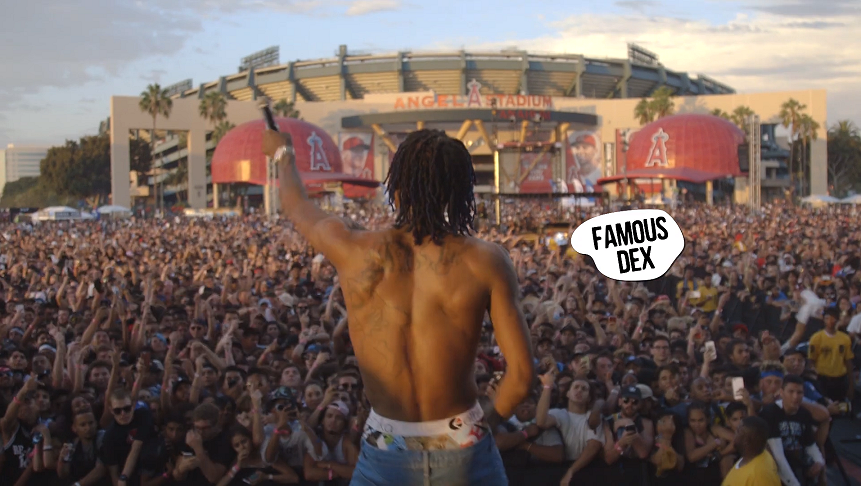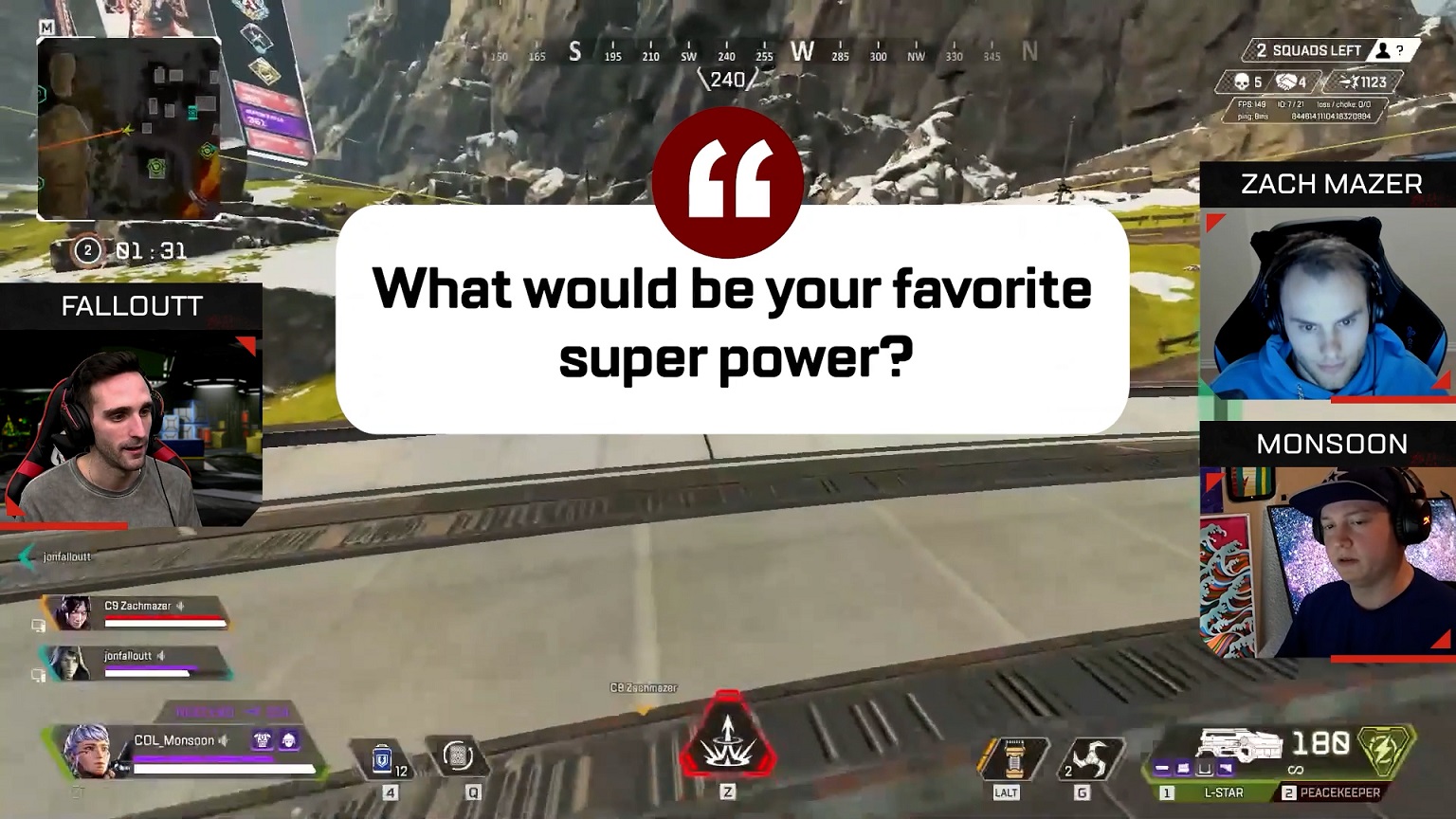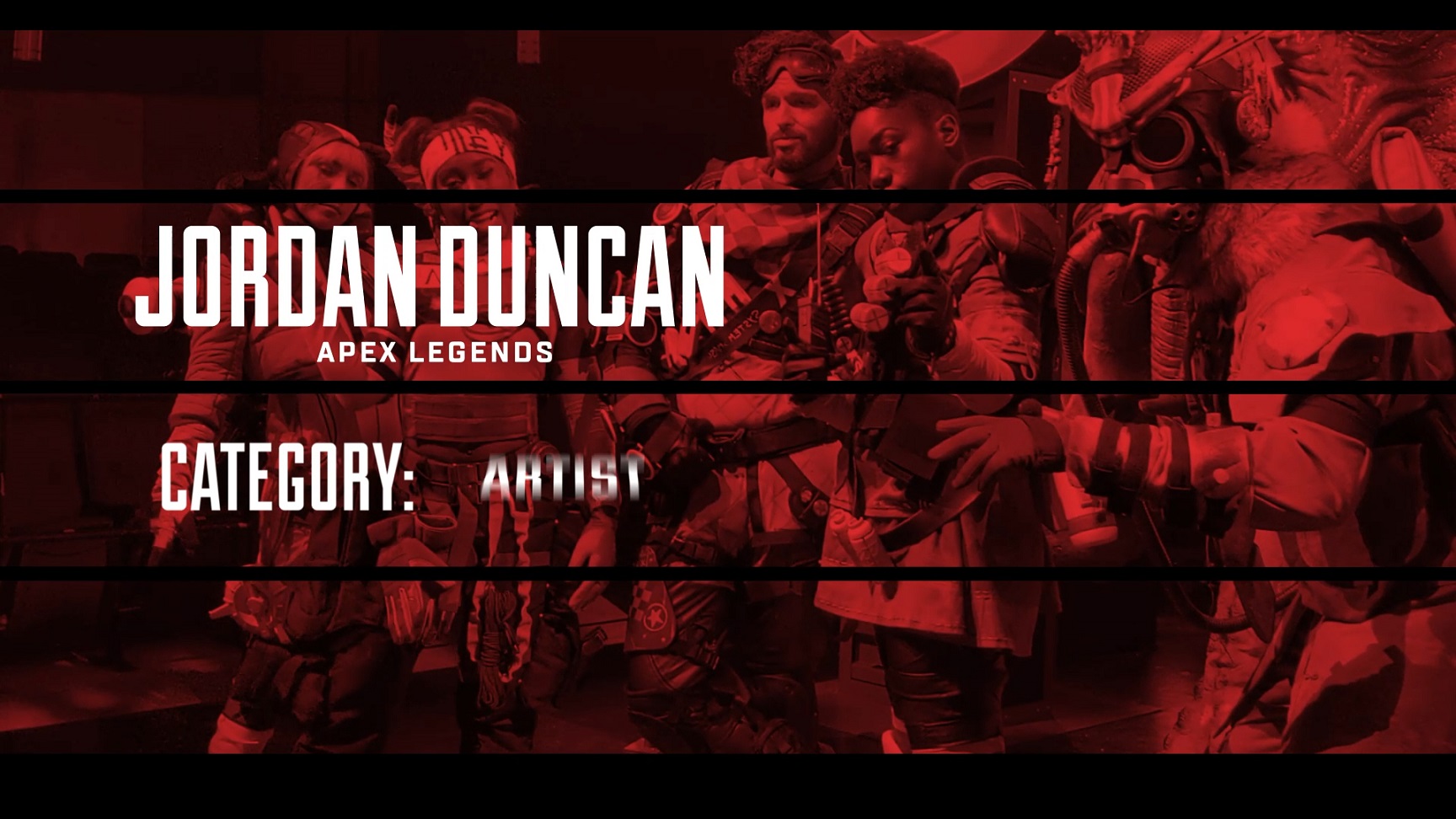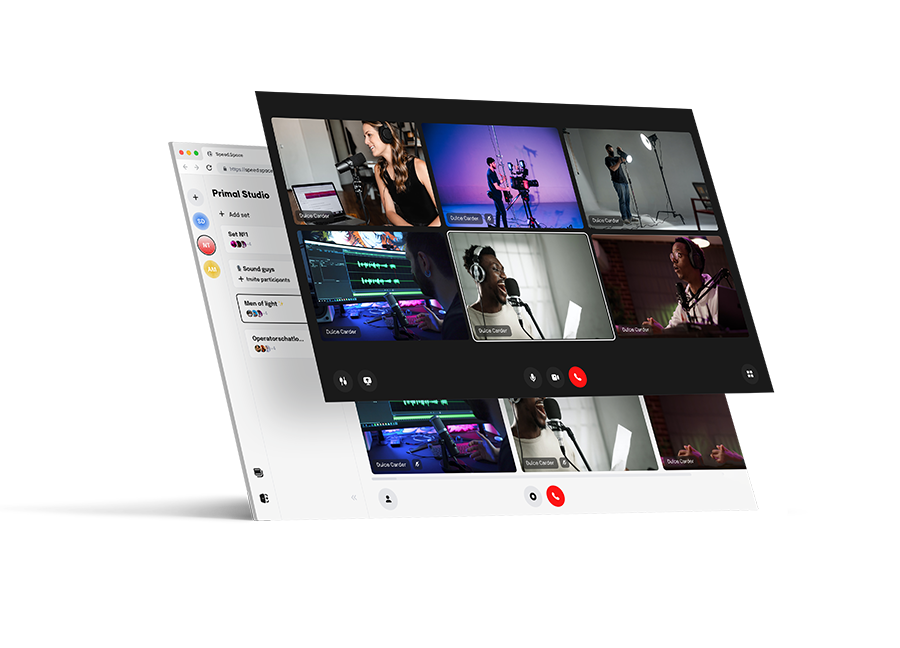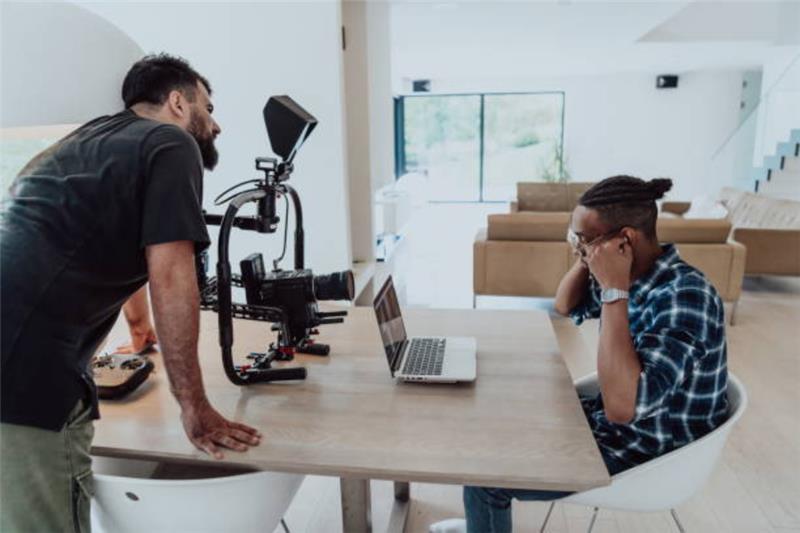Remote video production has revolutionized the way content producers and event teams create high-quality videos, offering flexibility, cost savings, and global reach. Whether you’re producing a corporate webinar, a live-streamed event, or a hybrid panel show in Orange County or beyond, mastering remote video production is essential in today’s digital landscape. This comprehensive guide explores the tools, tips, and best practices for successful remote video production, highlighting the innovative Fora cloud system by Revo Studio and their acclaimed EA Spotlights success. From remote production tools to live streaming tips, we’ll cover everything you need to create professional-grade content from any location.
What is Remote Video Production?
Remote video production involves creating professional-quality video content without requiring all team members or talent to be physically present at the same location. This can include fully remote setups, where everyone participates from different locations, or hybrid productions, combining in-person and remote elements. Advances in cloud-based tools, like the Fora cloud system, have made it possible to achieve broadcast-quality results with minimal on-site resources, transforming workflows for content producers and event teams.
Why Remote Video Production Matters
The rise of remote work and virtual events has made remote video production a game-changer for businesses and creators. Key benefits include:
- Cost Efficiency: Reduce travel, equipment, and crew costs by leveraging cloud-based platforms and remote talent.
- Global Reach: Collaborate with talent and teams worldwide, as demonstrated by Revo Studio’s Apex Legends Community Spotlights, which connects creators and artists across continents.
- Flexibility: Produce content from anywhere, whether it’s a home office, a studio, or the middle of a desert, using tools like Fora.
- Scalability: Manage multiple projects simultaneously without stretching resources, ideal for event teams handling large-scale productions.
Revo Studio excels in delivering these benefits through their Fora cloud system, enabling seamless collaboration and high-quality output for content producers.
Essential Tools for Remote Video Production
To produce professional-grade videos remotely, you need the right tools. Here’s a breakdown of essential equipment and software, with a focus on the Fora cloud system:
1. Cameras and Audio Equipment
- Cameras: Use standalone cameras or high-resolution webcams (e.g., 4K webcams) for crisp visuals. For smaller setups, smartphones with apps like Larix Broadcaster can suffice.
- Microphones: Invest in portable shotgun or lapel microphones for clear audio. Revo Studio recommends 3.5mm or USB microphones for plug-and-play simplicity in remote setups.
- Lighting: Ring lights or portable LED panels ensure proper illumination, even in non-studio environments.
2. Remote Production Software
- Fora Cloud System: Revo Studio’s Fora platform is a standout, offering cloud-based control rooms, real-time editing, and live streaming capabilities. It supports instant file access and integrates with tools like Adobe Premiere for seamless workflows.
- Speed.Space: Ideal for remote interviews, Speed.Space records high quality video locally and in the cloud to avoid internet-related quality issues.
- Streamyard: Transforms laptops into tabletop recording studios with browser-based editing and social media export features.
3. Cloud Storage and Collaboration
- LucidLink: Enables instant access to large video files, as used in Revo Studio’s EA Apex Legends Community Spotlight Series, managing a constantly changing file space of media across NA, APAC, and EU locations.
- Frame.io: Facilitates frame-accurate and detailed review of various media types, including high quality video.
4. Live Streaming Platforms
- YouTube Live, Facebook Live, Twitch: Stream to global audiences with branded overlays and real-time interaction.
- vMix and OBS: Offer remote input management, switching, and graphics for live broadcasts, complementing Fora’s capabilities.
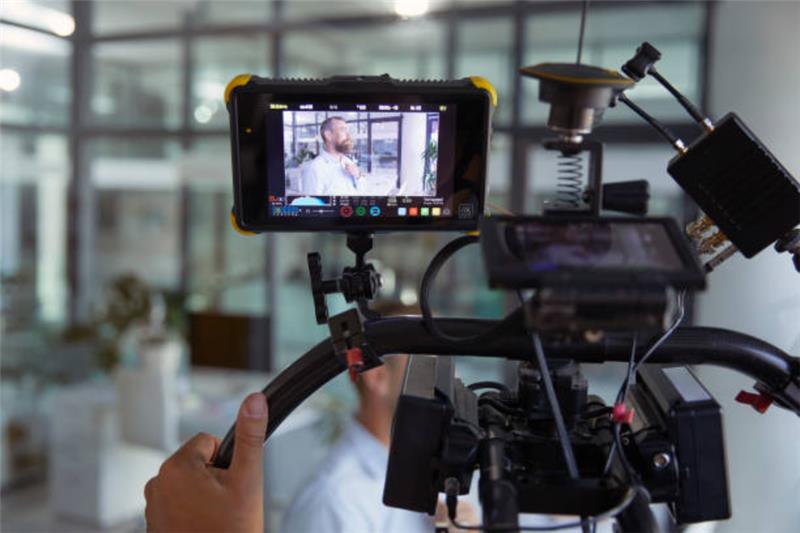
Best Practices for Remote Video Production
Follow these best practices to ensure high-quality results, whether you’re using the Fora cloud system or other tools:
1. Pre-Production Planning
- Define Goals: Determine the purpose of your video, whether it’s a corporate training video, a live event, or a hybrid panel show.
- Script and Storyboard: Create a detailed script and storyboard to align the team. Revo Studio offers storyboarding services to streamline this process.
- Remote Location Scout: Conduct virtual location scouts to assess lighting, sound, and internet stability at each location.
2. Optimize Equipment Setup
- Camera Positioning: Place cameras at eye level with a clean background to maintain professionalism.
- Audio Quality: Use external microphones and test audio levels to avoid distortion or background noise.
- Lighting: Position lights to eliminate shadows, using ring lights or softboxes for even illumination.
3. Leverage Cloud-Based Workflows
- Real-Time Collaboration: Use Fora to share files instantly, allowing editors to work on footage as it’s recorded.
- Local Recording: Platforms like Speed.Space and Fora record locally to ensure high-quality video, even with unstable internet.
- Backup Systems: Have backup microphones, cameras, and internet connections to mitigate technical issues.
4. Engage Remote Teams
- Communication Channels: Use Slack or Microsoft Teams for real-time updates, as recommended by Revo Studio for Apex Legends Community Spotlight projects.
- Frequent Check-Ins: Schedule virtual meetings to address issues and align on creative goals, considering time zones for global teams.
- Producer Mode: Tools like Fora and Speed.Space allow producers to control cameras and audio remotely without affecting recordings.
5. Post-Production Efficiency
- Cloud Editing: Use platforms like Fora or Frame.io to collaborate on edits and feedback in real-time, reducing file transfer and time delays.
- Branded Overlays: Add logos, lower-thirds, and graphics to maintain brand consistency, a feature supported by Fora.
- Automated Exports: Streamyard and Fora offer browser-based editing and social media export for quick distribution.
Hybrid Production: Blending In-Person and Remote
Hybrid production combines on-site and remote elements, offering flexibility for events like conferences or panel shows. For example, an Orange County event team might have in-person panelists at a venue while streaming remote guests via Fora. Key tips for hybrid success:
- Sync Audio and Video: Use tools like Fora to ensure frame-synced feeds for smooth integration.
- Audience Interaction: Incorporate live chat, polls, or Q&A features to engage virtual attendees.
- Professional Crew: Assign a remote producer to manage camera feeds and audio, as supported by Fora’s producer mode.
Measuring Success
Track these metrics to evaluate your remote video production:
- Video Quality: Ensure 1080p or higher resolution with clear audio.
- Engagement: Monitor viewer retention, likes, shares, and comments on live streams.
- Delivery Time: Measure time from recording to final output, with Fora reducing post-production delays.
- Audience Reach: Analyze viewership across platforms like YouTube Live or Twitch.
Revo Studio provides analytics integration to track these metrics, ensuring your content meets performance goals.
Conclusion
Remote video production offers unparalleled flexibility and efficiency for content producers and event teams. By leveraging tools like the Fora cloud system, high-quality cameras, and cloud-based workflows, you can create professional-grade videos from anywhere. Follow best practices plan thoroughly, optimize equipment, and engage teams effectively to ensure success. With Revo Studio’s proven track record, as seen in the Apex Legends Community Spotlight projects, you can trust their expertise to elevate your productions. Start your remote video journey today by exploring Revo Studio’s solutions and transform how you create content. Contact us today and let’s bring your vision to life.
FAQs About Remote Video Production
1. What is the Fora cloud system, and how does it help?
The Fora cloud system is a cloud-based live control room system by Revo Studio that enables professional live production techniques, real-time collaboration, and content capture, ideal for remote and hybrid productions.
2. Can I produce HD video remotely?
Yes, tools like Speed.Space and Fora support HD local recording, ensuring high-quality video regardless of internet stability.
3. How do I ensure audio quality in remote setups?
Use external microphones (e.g., shotgun or lapel) and test levels before recording. Revo Studio recommends 3.5mm or USB mics for simplicity.
4. What’s the difference between remote and hybrid production?
Remote production involves all participants in separate locations, while hybrid combines in-person and remote elements. Fora supports both seamlessly.
5. How long does a remote video production take?
Simple projects take a number of days, while complex events may require a number of months. Fora streamlines workflows to reduce timelines.
6. How can I engage virtual audiences during live streams?
Use polls, Q&A, and live chat, supported by platforms like Fora, to keep viewers engaged and interactive.




